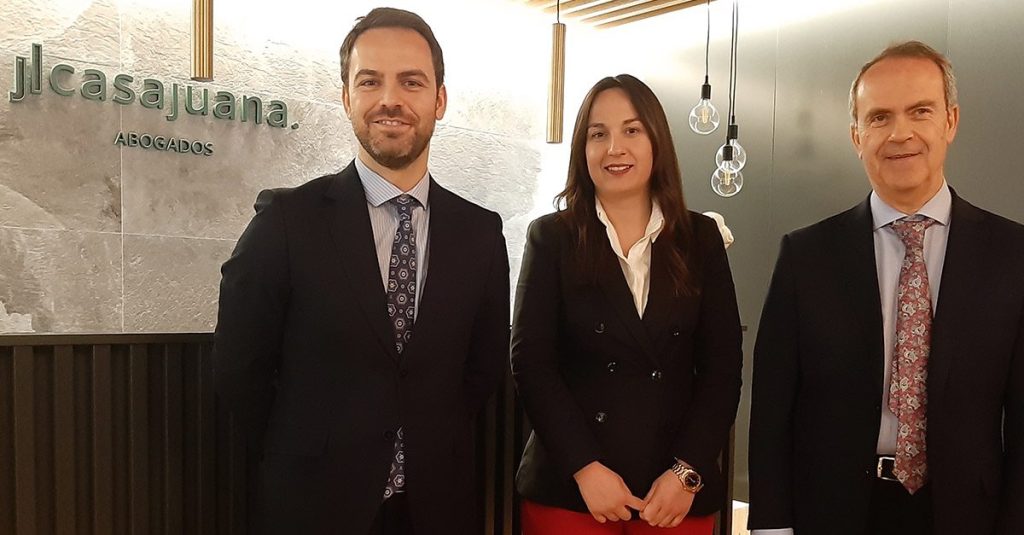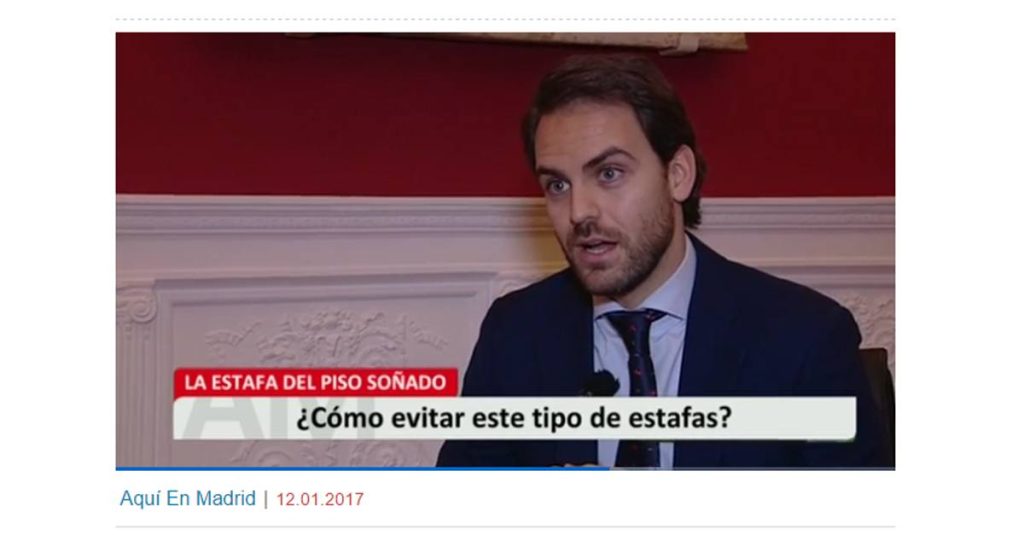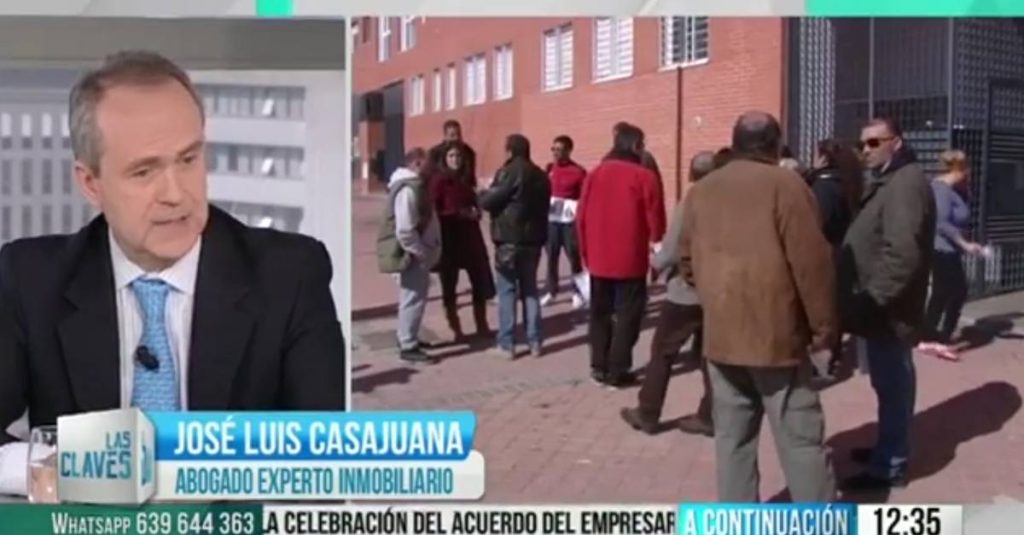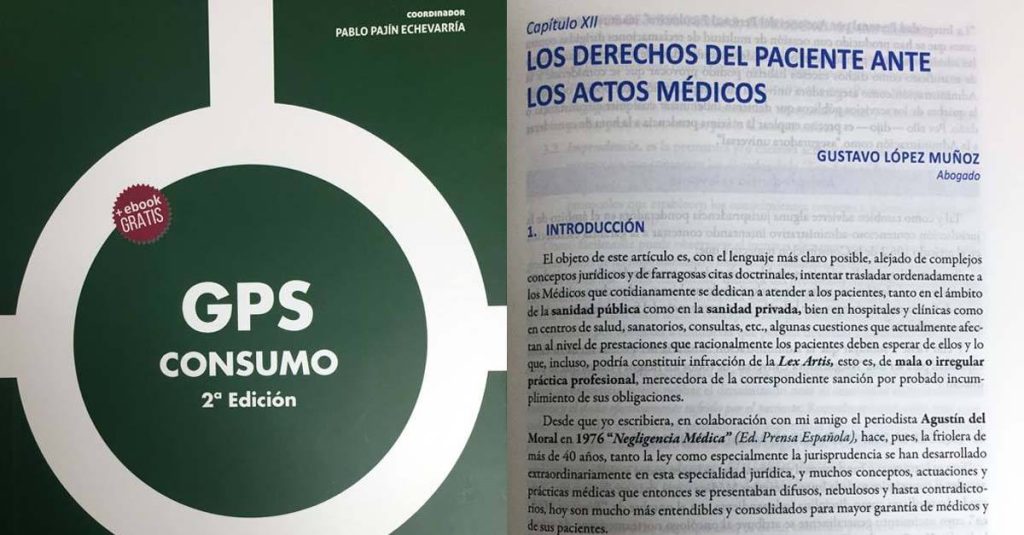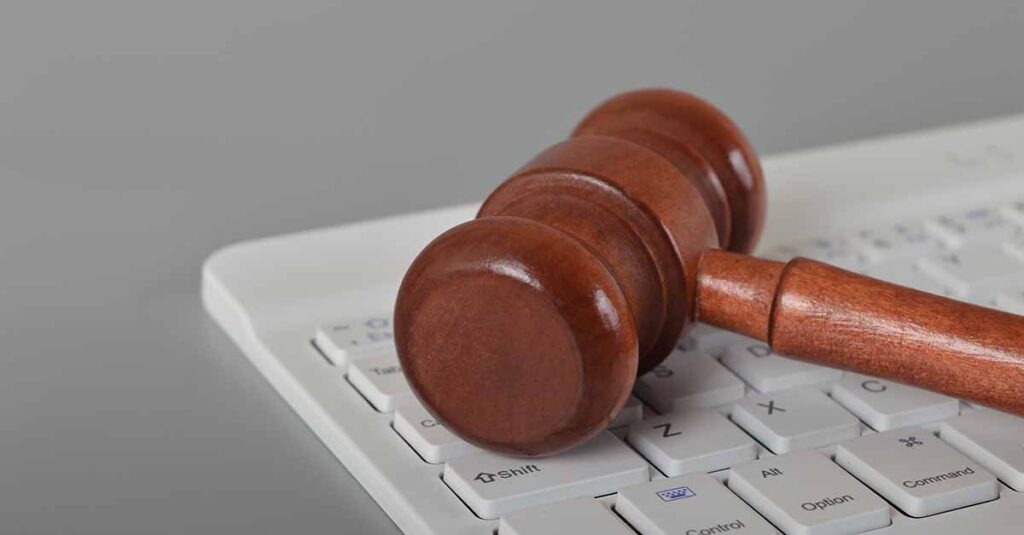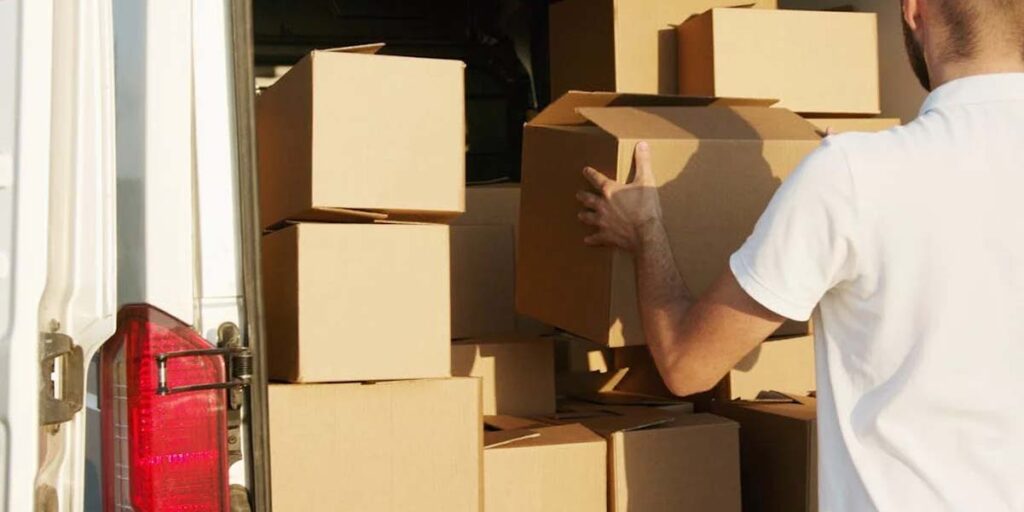The sources of evidence in the Milk Cartel
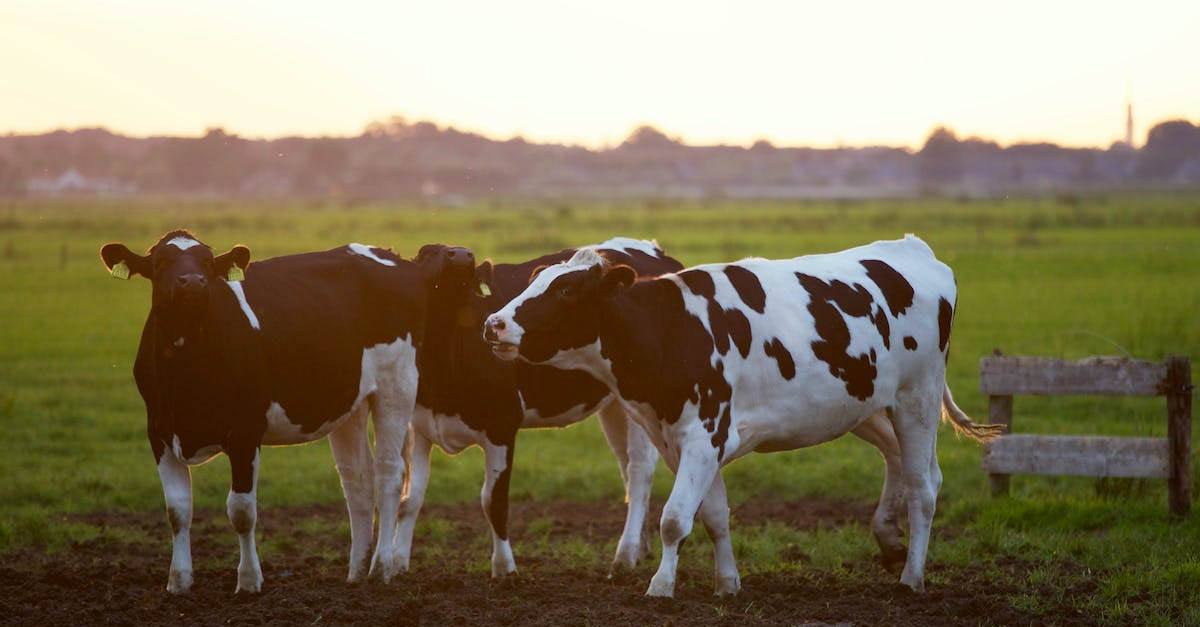
Directive 2014/104/EU of the European Parliament and of the Council, of November 26, 2014, which regulates certain rules governing actions for damages under National Law, for infringements of the Competition Law of the States members and of the European Union itself, its main purpose is to standardize the laws of the different Member States and simplify the claims of victims of anti-competitive or anti-trust practices, which were previously diffuse.
This Directive includes a series of provisions to facilitate evidence in proceedings for damages arising from the violation of the rules relating to competition.
Specifically, Article 5, relating to the production of evidence, provides that national courts may order the defendant company or a third party to produce the pertinent evidence available to them. In any case, the courts must order the display of specific pieces of evidence or pertinent categories of evidence, which are as limited and delimited as possible, based on the reasonably available facts.
It may interest you: “The responsibility of infringers in the milk cartel”
This display of evidence, according to the Directive, must be proportionate, taking into account the legitimate interests of all parties and interested third parties. Among other issues to be considered by the court, the motivation for the request, the scope and cost, or whether the evidence concerned contains confidential information must be taken into account. The Directive itself in its article 5, section 5, already limits the possibilities of avoiding the presentation of evidence by the defendant companies, by stating that:
“The interest of companies in avoiding action for damages as a result of a breach of competition law shall not constitute an interest that warrants protection.”
Article 6 of the Directive provides, in line with the foregoing, that the courts and tribunals may order the exhibition of the evidence contained in the files of the competition authorities. It must be taken into account that, without prejudice to the plaintiff being able to gather certain test documents, the greatest number of tests will be available to the competition authority that has heard of the sanctioning file.
The two previous precepts are very important for the processing of a procedure for claiming damages derived from competition actions, since most of the evidence will be found exclusively in the possession of the defendant or third parties. It can even be assumed that there is evidence that is not sufficiently known by the plaintiff or that it cannot obtain on its own.
In this regard, recital 15 of the Directive states that:
“since litigation for infringements of competition law is characterized by an asymmetry of information, it is convenient to guarantee that the claimants are conferred the right to obtain the production of relevant evidence to substantiate their claims, without need to specify the specific pieces of evidence”.
In Spanish Law, these premises extend to claims for damages caused by infringements of the TFUE, specifically, articles 101 and 102, and article 1 and 2 of the Law on the Defense of Competition, as long as they do not affect trade between Member States.
You may be interested in: “Department specialized in Agrarian Law “
Patricia Prendes
Director of the Department of Agrarian Law
11/29/2022







